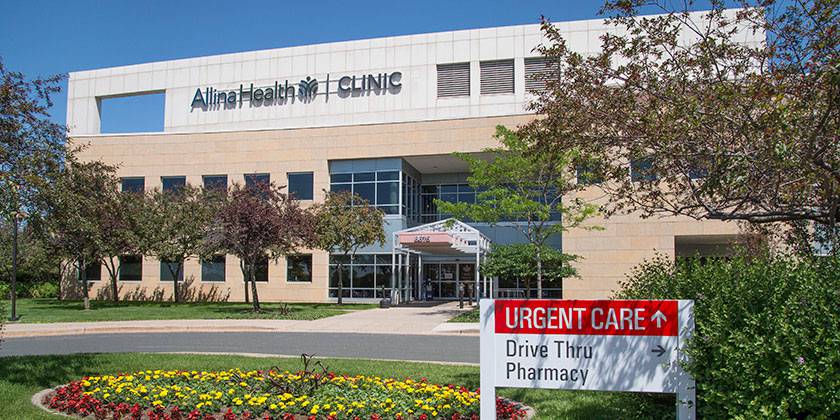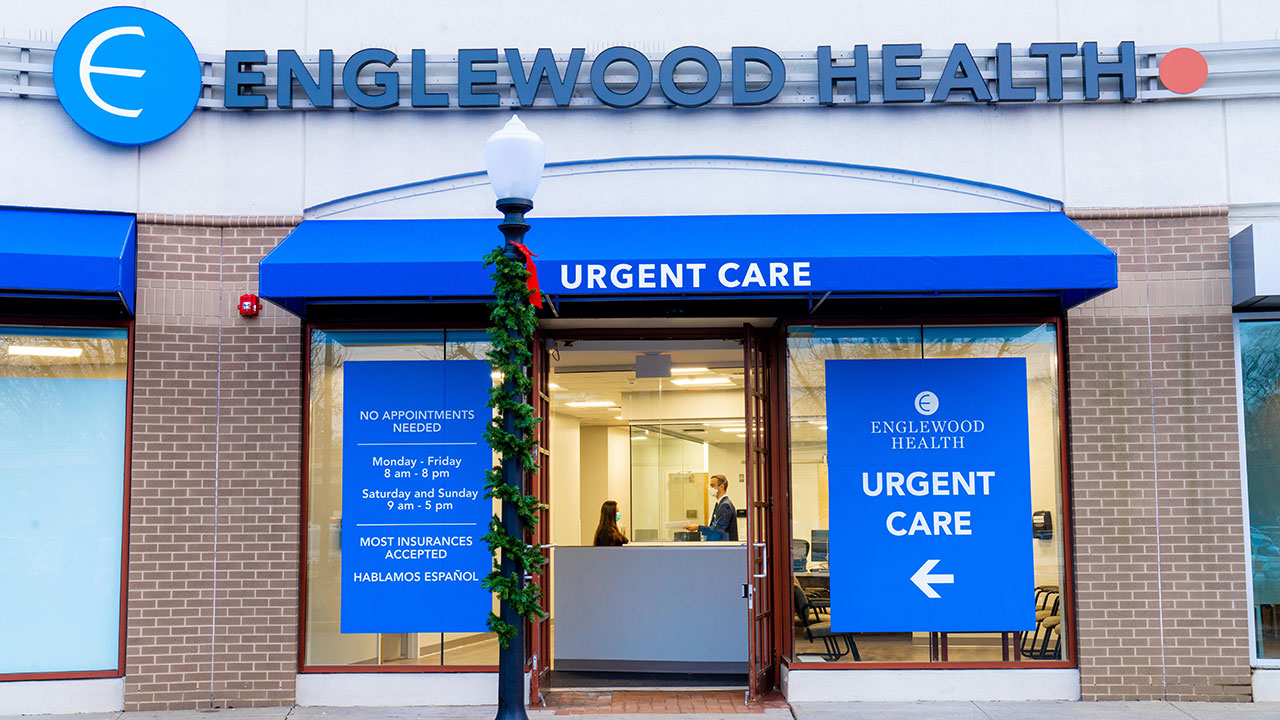How to Find Trusted Urgent Care Clinics in Your Area
How to Find Trusted Urgent Care Clinics in Your Area
Blog Article
Recognizing the Function of Urgent Treatment in Giving Timely Treatment for Non-Life-Threatening Conditions
Urgent care centers have actually emerged as a crucial part of the medical care landscape, dealing with the prompt needs of patients with non-life-threatening problems. By using timely and available medical solutions, these centers efficiently bridge the gap in between health care and emergency departments. However, the implications of their duty extend beyond simple comfort, prompting a closer exam of when and how these centers are made use of. Recognizing the nuances of urgent treatment can considerably influence individual outcomes and the overall effectiveness of healthcare distribution. What elements add to their growing value in contemporary medicine?
What Is Urgent Treatment?
Urgent care refers to a category of clinical solutions made to resolve non-life-threatening problems that call for prompt interest. These facilities act as an intermediary between main treatment physicians and emergency spaces, offering a practical alternative for patients who require prompt care without the considerable waiting times usually connected with emergency divisions.
Urgent treatment facilities are usually staffed by doctor, including physicians, registered nurse practitioners, and physician assistants, who are educated to detect and deal with a broad selection of problems. Common services supplied by these facilities include therapy for small injuries, diseases, and infections, in addition to analysis examinations such as X-rays and laboratory work.
Additionally, urgent care centers often accept walk-in individuals, removing the need for appointments. In general, immediate treatment plays an essential role in the health care system, guaranteeing people can access important medical services quickly and efficiently.

Numerous individuals may find themselves unpredictable concerning when to seek care at an immediate treatment facility rather of a primary care physician or an emergency situation space. Urgent care is designed to address non-life-threatening problems that require prompt attention yet are not serious sufficient to require an emergency clinic visit.
Generally, one should take into consideration immediate look after problems such as minor cracks, strains, cuts requiring stitches, or infections like urinary system infections. In addition, cool or influenza signs, rashes, and allergies can also be properly managed in this setup.
It is necessary to keep in mind that immediate treatment is not suitable for life-threatening emergency situations, such as chest pain, trouble breathing, or serious bleeding, which necessitate instant emergency space intervention.
People that lack accessibility to a main treatment physician or can not safeguard a prompt visit might also gain from immediate care solutions. Eventually, recognizing when to use immediate treatment can bring about extra effective medical care delivery, allowing individuals to obtain the appropriate level of treatment based upon their specific health and wellness needs.
Benefits of Urgent Treatment Centers
Picking urgent care facilities for non-life-threatening conditions offers a number of benefits that enhance person experience and accessibility. One main advantage is the minimized delay times compared to standard emergency clinic. Urgent treatment facilities commonly operate a first-come, first-served basis, allowing individuals to obtain timely clinical attention without the lengthy hold-ups frequently connected with hospital setups.
Additionally, immediate treatment centers supply extended hours, including evenings and weekends, accommodating clients with varying timetables. This adaptability makes sure that people can seek care when it is most practical for them, additionally promoting timely intervention.

Furthermore, these facilities usually use an extensive series of services, consisting of small procedures and analysis tests, all under one roofing. This loan consolidation of services not just enhances the patient experience however also cultivates an extra cohesive technique to taking care of non-life-threatening health and wellness issues, ultimately profiting general client end results.
Typical Problems Dealt With
At immediate treatment centers, a range of non-life-threatening conditions can be successfully dealt with, giving patients with accessible and timely medical support. These facilities are particularly proficient at dealing with issues that require prompt attention but do not position an instant threat to life or limb.
Common problems dealt with at urgent care facilities include small injuries such as strains, fractures, and pressures. Urgent care centers are geared up to Visit Your URL carry out required diagnostic tests, such as X-rays and research laboratory examinations, enabling them to provide extensive treatment.
Additionally, urgent care providers can provide inoculations, aiding to stop the spread of infectious conditions - Urgent Care. They additionally use services for minor treatments, such as suturing injuries or draining abscesses. By offering these varied services, immediate care facilities play a vital function in linking the space in between main treatment and emergency solutions, making certain patients get prompt therapy for a variety of problems without the need for lengthy wait times generally connected with emergency clinic
Just How Urgent Care Supports Healthcare System
Immediate treatment centers play a crucial role in sustaining the overall health care system by easing the burden on emergency departments and providing prompt accessibility to treatment for non-life-threatening conditions. By handling instances such as small injuries, infections, and health problems, immediate care facilities permit emergency divisions to concentrate on even more essential clients requiring prompt attention.
Moreover, immediate treatment centers enhance healthcare availability, using prolonged hours and a more hassle-free option to traditional medical care settings. This access is specifically helpful for clients that may not have a regular medical professional or who need immediate treatment outside of regular workplace hours. Therefore, immediate care centers properly decrease wait times and enhance client satisfaction.
In addition, urgent care facilities add to cost financial savings for both clients and the healthcare system by providing lower-cost solutions contrasted to emergency divisions. This monetary performance is important in an age of climbing healthcare expenses, allowing individuals to obtain necessary care without sustaining outrageous expenditures.
Conclusion
In conclusion, immediate treatment centers play a crucial duty in the medical care system by providing punctual therapy for non-life-threatening conditions. By bridging the space in between medical care and emergency situation areas, these facilities guarantee that individuals get timely clinical attention without the prolonged wait Click This Link times normally connected with emergency situation divisions. The access and performance of immediate care centers contribute significantly to alleviating the overall burden on medical care sources, improving client outcomes, and promoting an extra reliable health care shipment system.
Urgent treatment facilities have emerged as an essential element of the health Look At This care landscape, addressing the immediate needs of patients with non-life-threatening problems. Urgent care sees usually sustain lower out-of-pocket costs compared to emergency department sees, making treatment extra cost effective for patients without jeopardizing high quality. Urgent care centers are equipped to carry out needed diagnostic examinations, such as X-rays and research laboratory tests, enabling them to give detailed treatment.
By using these varied services, immediate care facilities play an important duty in connecting the void in between main treatment and emergency situation services, making certain clients obtain prompt treatment for a large array of conditions without the requirement for lengthy delay times normally linked with emergency spaces.
Additionally, immediate treatment centers enhance health care access, offering prolonged hours and a much more convenient option to standard main care setups.
Report this page